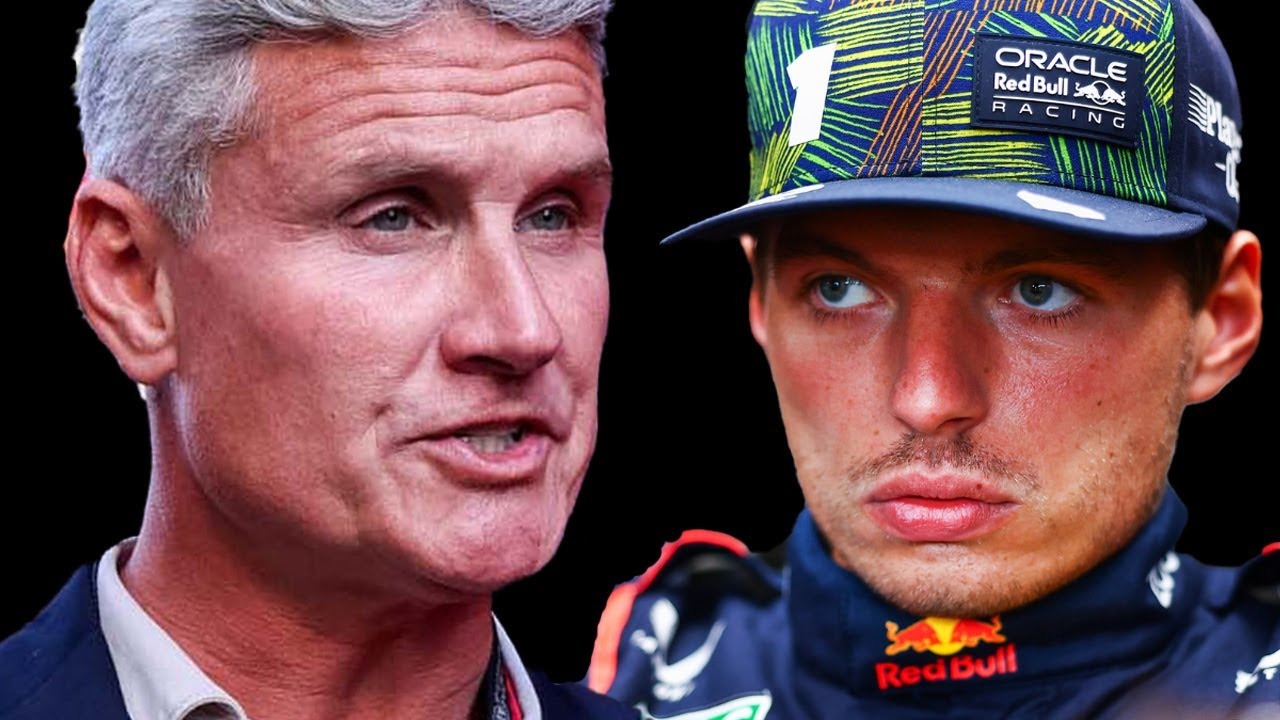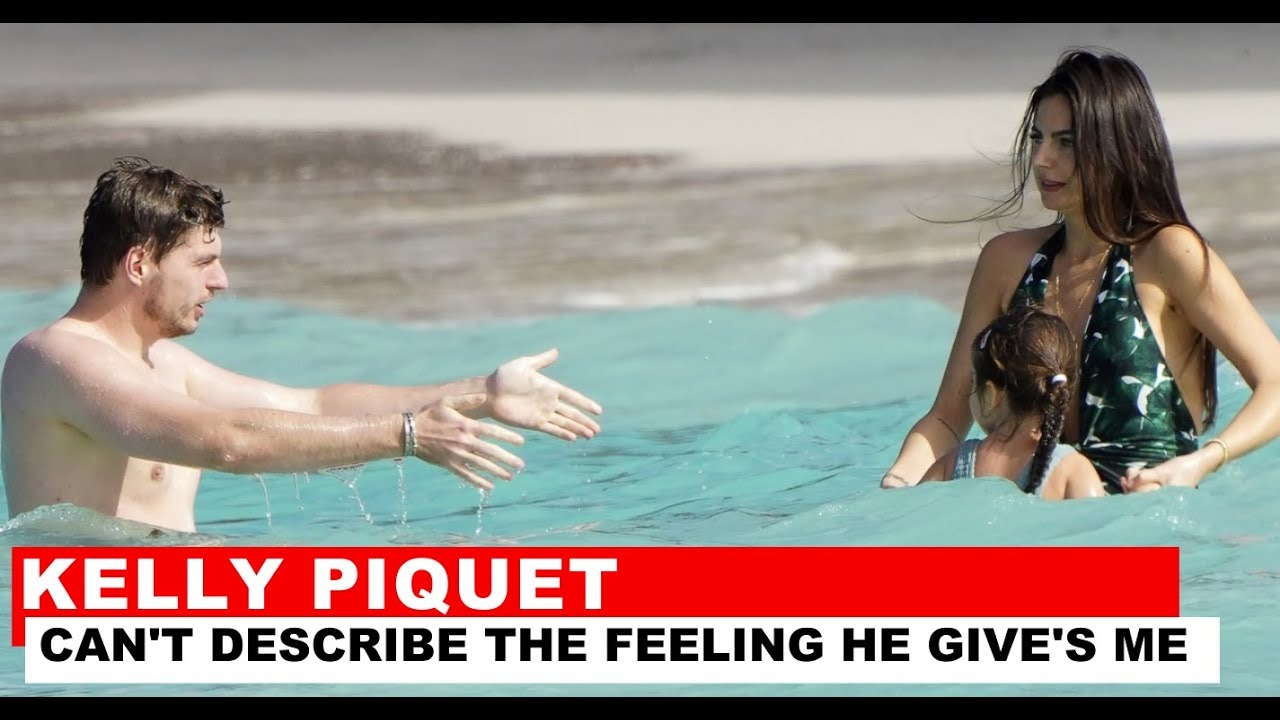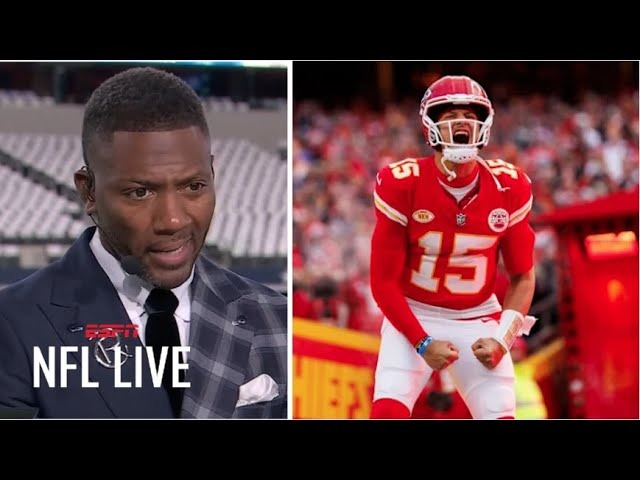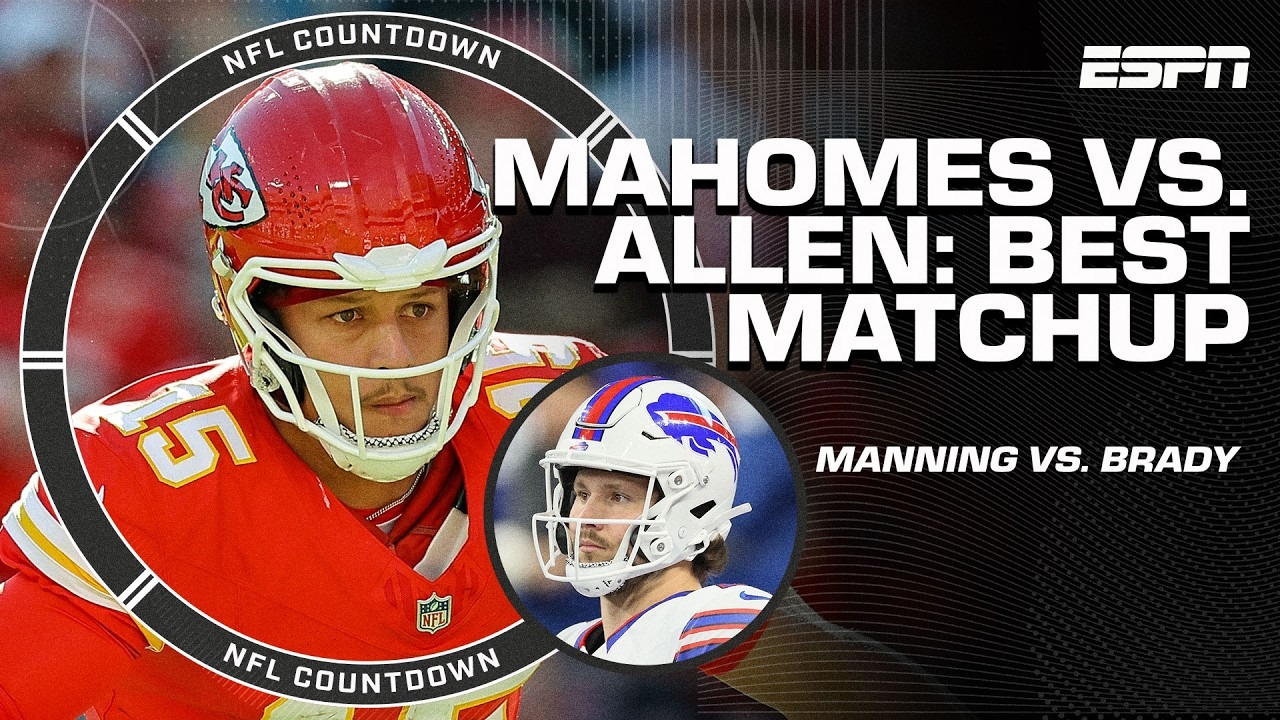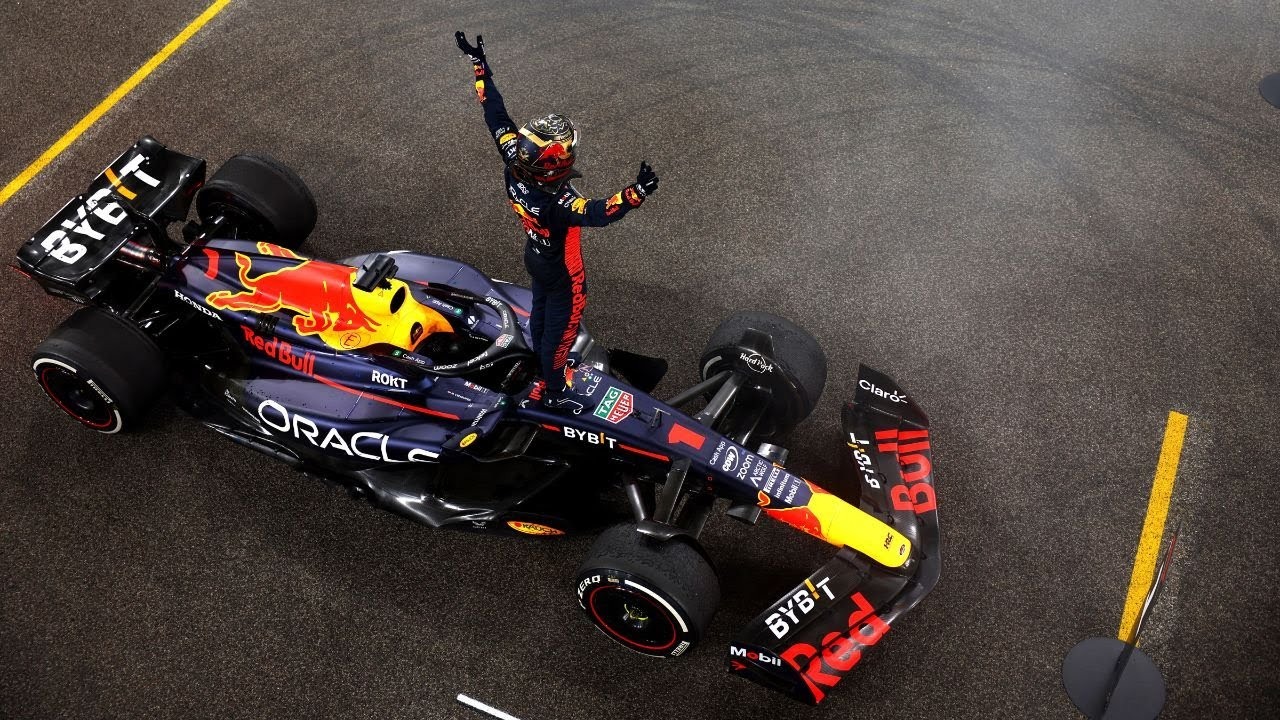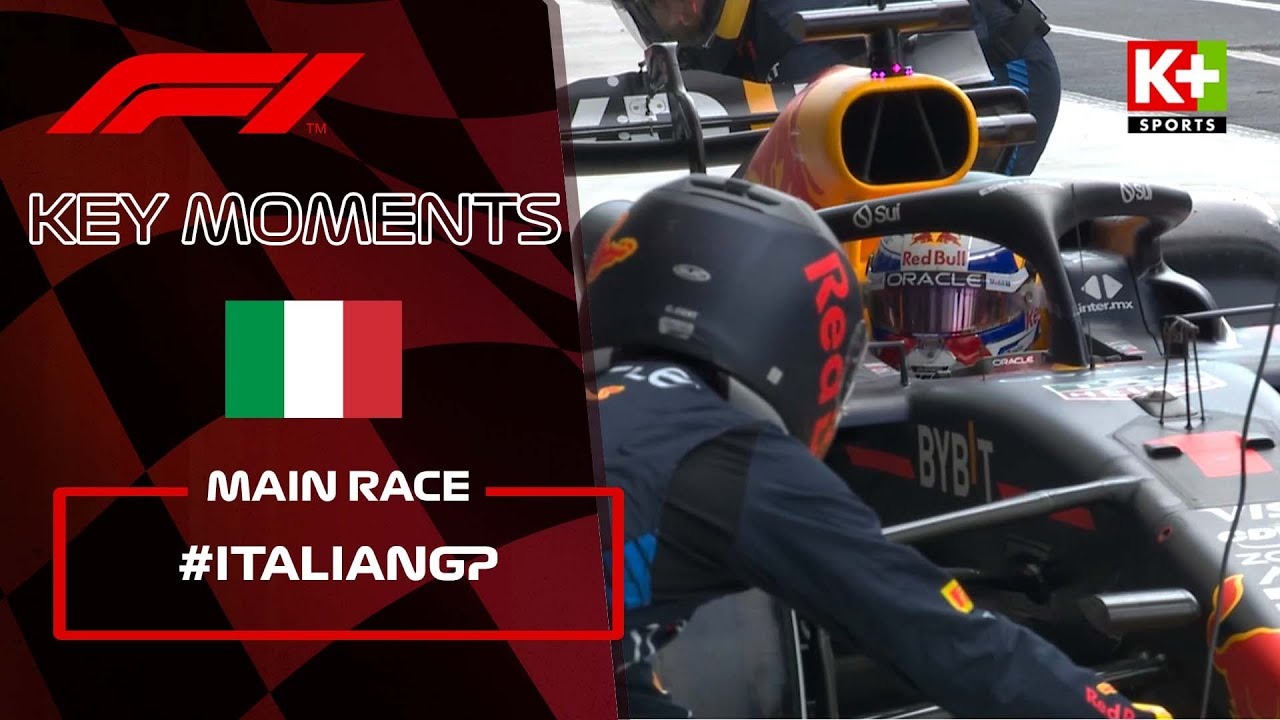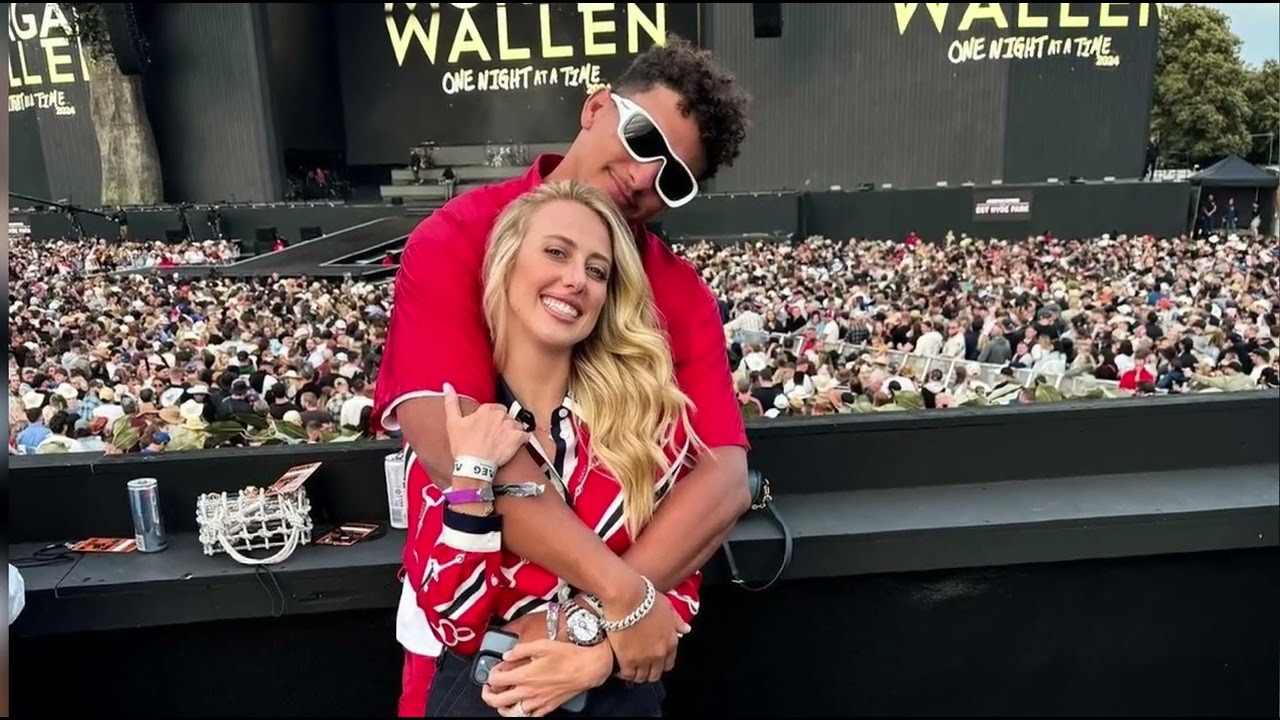F1’s Austrian GP clash between Lando Norris and Max Verstappen courted much in the way of column inches, but was the incident overblown?

Max Verstappen, Red Bull Racing RB20, leads Lando Norris, McLaren MCL38
Photo by: Andy Hone / Motorsport Images
Time heals all wounds, or so they say. Lando Norris’ comments made in the aftermath of his Austrian Grand Prix race-deciding incident with Max Verstappen were considerably stronger versus his reaction a few days later, made with the benefit of hindsight and distance from the event itself.
Let’s compare them. Among the adjectives that Norris used in Austria were “reckless” and “desperate”, aimed at Verstappen’s robust efforts to retain the lead into Turn 3. The Briton told Sky that “if he says he did nothing wrong, then I will lose a lot of respect for that”, clearly feeling that his friend and rival was wholly to blame for the clash.
Four days later, Norris has had a partial change of heart. There were still reservations in his later dissection of the incident, largely centred on the idea of moving under braking, but Norris now feels that the clash was a result of ‘close to the edge’ racing rather than of transgressing the limits.
“I honestly don’t think he needed to apologise, some of the things I said in the pen after the race were more just because I was frustrated at the time,” Norris reviewed.
Top Videos
“A lot of adrenaline, a lot of emotions, and I probably said some things I didn’t believe in, especially later on in the week.
“It was a pretty pathetic incident in terms of what ended both our races, it wasn’t like an obvious bit of contact. It was probably one of the smallest bits of contact you could have, but with a pretty terrible consequence for both of us, especially for myself.
“As a review, a good race, at times very close to the edge, but we’ve spoken about it, and we’re both happy to go racing again.”

Lando Norris, McLaren F1 Team
Photo by: Simon Galloway / Motorsport Images
Having initially contended that he was out of room on the edge of the track, Norris later reckoned that he could have taken a touch more margin over the kerb on the left to avoid the incident, but contended that “there’s things from both sides that I’m sure we wanted to do better, in a slightly different way.”
Whenever there’s a high-profile incident on track, particularly in the wake of two drivers locking horns in the fight for a victory, a frenzy across all outlets will undoubtedly follow. It lends credence to the cryptic communique issued in 1995 by Eric Cantona, who responded to a successful appeal against a brief prison sentence for kicking a supporter thusly: “When seagulls follow the trawler, it is because they think sardines will be thrown into the sea”. The swoop for the sight of a silver cascade of discarded aquatic life is instinctive.
Reviewing the incident now, unencumbered by the implied context, is different to having watched it four days ago. At the time, the incident was the crescendo to an intense build-up of on-track battling that threatened to become ill-tempered. It was the culmination of everything that had preceded it after the final set of stops, and an incident that was wholly avoidable, but Norris later felt that perhaps he could have moved a smidgen to the left…
Watch: View from the Paddock – F1 British Grand Prix Thursday Update
But it had to be covered in glorious technicolour. A crash between the championship leader and a recently minted first-time winner who stands as an outside bet? There’s only one story in town at that point, and it’s naturally going to be analysed in great detail.
In the interests of rigour, however, let’s review it again one more time. Sound off so that no commentary can elevate the situation, and without the preceding 64 laps to characterise the events.
And, devoid of context, it’s such a nothing incident. It’s a classic instance of two drivers very slightly overlapping, but just happening to yield the most dramatic of consequences. Norris does, per his later assertions, have a little bit of latitude to take more kerb on the left-hand side. Verstappen, for his part, could have moved slightly more inwards, but it’s fair to say that the Dutchman isn’t expecting a move on his left; his head does not concede the tell-tale sign of a slight look to his left. His eyes are fixed on the apex at that juncture.
There’s a move under braking, something that Verstappen reverted to type with in a couple of his defensive shapes, but it’s not one that seems entirely reactionary; there’s nuance between moving under braking and moving to take the line to open the corner. Given Verstappen’s previous misdemeanours earlier in his career, it’s open to malicious interpretation – but one could argue that Hanlon’s razor could apply in this instance.

Max Verstappen, Red Bull Racing RB20, battles with Lando Norris, McLaren MCL38
Photo by: Andy Hone / Motorsport Images
For his part, Verstappen took a 10-second penalty for the contact, something that ultimately had no effect on his fifth-placed finishing position as he was yards clear of Nico Hulkenberg behind. Whether it was worth a penalty or not, again, is open to the stewards’ interpretation; on a different day, with marginally different (and lesser) consequences, the book may have closed with ‘racing incident’ pencilled in.
Did we, the media, overreact? At the time, probably not. It was a high-profile incident that merited being covered in full. With time and a chance to re-assess, the verdict might be slightly different. Everyone has an opinion on something and, when it comes to the largely subjective medium of racing, it behooves oneself to call it as one sees fit.
But it’s always good to revisit something with fresh eyes. Perhaps, having had the luxury of viewing it from the outside, it’s Daniel Ricciardo who encapsulates the moment best.
“I think the outcome was bigger than probably what was actually happening on track,” the Australian reckoned. “From what I saw, at least nothing seemed over the top.
“Was it pushing the edge? Probably. But was anything dangerous or reckless? At least from what I’ve seen, no.”


